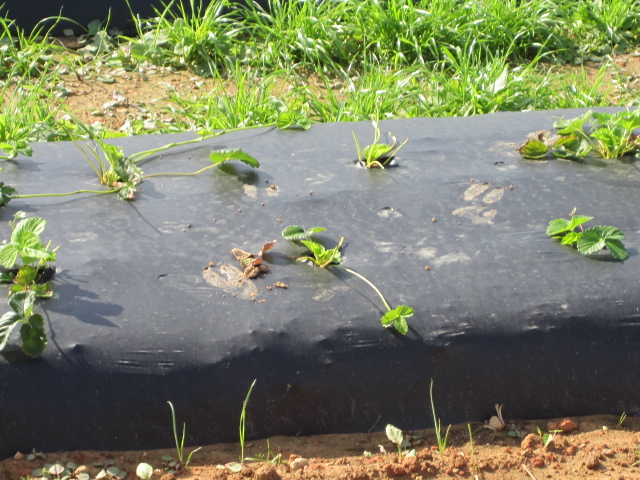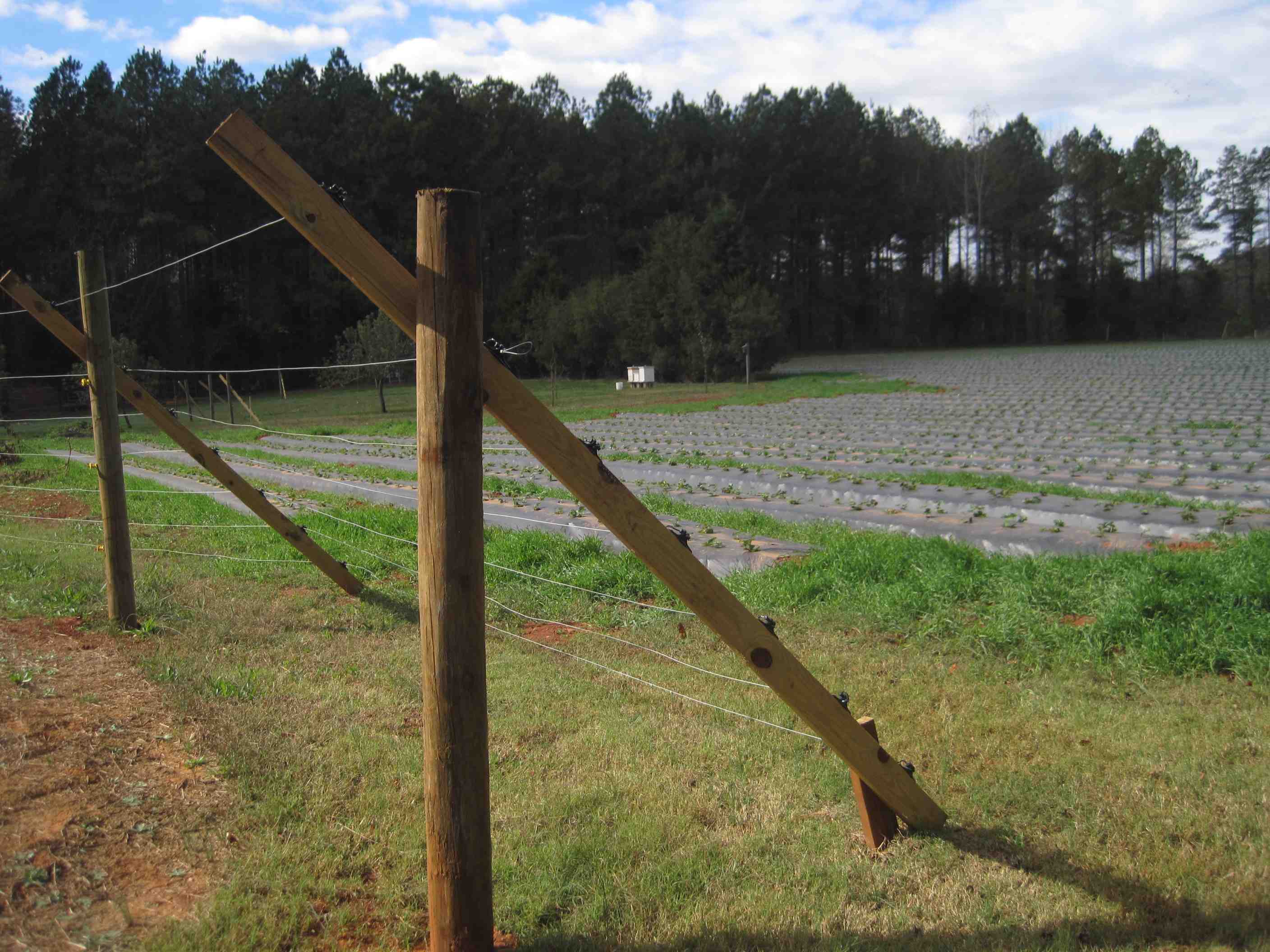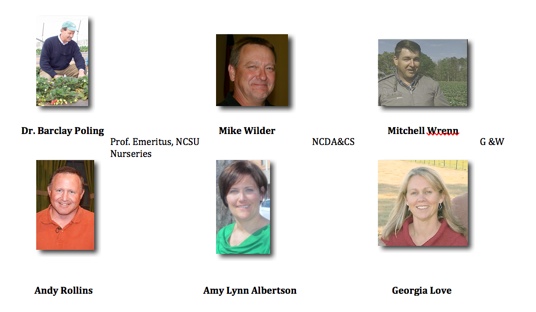ONCE They Find Your Plants, They’ll Be Back Again and Again! (10/17/14)
go.ncsu.edu/readext?321866
en Español / em Português
El inglés es el idioma de control de esta página. En la medida en que haya algún conflicto entre la traducción al inglés y la traducción, el inglés prevalece.
Al hacer clic en el enlace de traducción se activa un servicio de traducción gratuito para convertir la página al español. Al igual que con cualquier traducción por Internet, la conversión no es sensible al contexto y puede que no traduzca el texto en su significado original. NC State Extension no garantiza la exactitud del texto traducido. Por favor, tenga en cuenta que algunas aplicaciones y/o servicios pueden no funcionar como se espera cuando se traducen.
Português
Inglês é o idioma de controle desta página. Na medida que haja algum conflito entre o texto original em Inglês e a tradução, o Inglês prevalece.
Ao clicar no link de tradução, um serviço gratuito de tradução será ativado para converter a página para o Português. Como em qualquer tradução pela internet, a conversão não é sensivel ao contexto e pode não ocorrer a tradução para o significado orginal. O serviço de Extensão da Carolina do Norte (NC State Extension) não garante a exatidão do texto traduzido. Por favor, observe que algumas funções ou serviços podem não funcionar como esperado após a tradução.
English
English is the controlling language of this page. To the extent there is any conflict between the English text and the translation, English controls.
Clicking on the translation link activates a free translation service to convert the page to Spanish. As with any Internet translation, the conversion is not context-sensitive and may not translate the text to its original meaning. NC State Extension does not guarantee the accuracy of the translated text. Please note that some applications and/or services may not function as expected when translated.
Collapse ▲ Deer damage to month old Chandler plugs – Alamance County, NC
Deer damage to month old Chandler plugs – Alamance County, NC
In just a matter of a few days, deer can do more to reduce your crop potential than even a week late planting! Seriously, no grower can afford to spend “so much” on this crop, and not take steps to STOP DEER. The very best strategy I have heard with deer over the years is, DON’T LET THEM EVER START FEEDING IN YOUR FIELD. Once they find your plants, they will be back again! As one grower explained to me, its sort of like your finding a delicious restaurant – you will be sure to go back! We have even seen deer this fall before a grower in Alamance County finished planting on Sept. 25th.
 Fig. 2. Slanted Seven Wire Deer Fence.
Fig. 2. Slanted Seven Wire Deer Fence.
This type of fence is used where high deer pressures threaten strawberry crops (or tree fruits and grapes). It presents a physical and psychological barrier to deer because of its electric shock and three dimensional nature. The specifications for the fence can be found in a publication called DEER, Prevention and Control of Wildlife Damage – 1994 – Cooperative Ext Division, Inst. of Ag and Natural Resources, Univ. Nebraska, Lincoln. This same document will appear in the newly revised Strawberry Plasitculture Manual from the NCSA that will be discussed in the Getting Started in Plasticulture workshop at Expo. All participants in this workshop will get a manual as part of their fee registration for this program on 11/17/14 (a month from today).
More information about a special Expo workshop:
Getting Started in Plasticulture
(Monday, Nov. 17, 9:00 a.m.-12:30 p.m.)
This half-day session is held each year, and focuses on practical advice from experienced growers and advisors to the strawberry plasticulture industry. Getting the most out of your large plasticulture investment is what this workshop is all about. As an added bonus this year, each attendee will receive a fully revised Strawberry Plasticulture Manual. You will hear a review of this brand new manual by its author, including a thorough look at the whole 7-month production cycle. The workshop organizers are Mike Wilder, Agronomist, NCDA & CS, and Barclay Poling, Prof. Emeritus, NC State. They will be joined by an outstanding panel of veteran growers and agents:
- Mitchell Wrenn, an experienced strawberry grower, custom fumigator and plug propagator will be discussing equipment requirements for strawberry plasticulture· Amy-Lynn Albertson (Davidson County Horticultural Agent) has worked with numerous start-up strawberry plasticulture growers in the western piedmont of NC and will discuss harvest labor requirements and important marketing considerations· Georgia Love (NCDA) will cover soil, nematode testing and strawberry fertility· Andy Rollins (Clemson Extension agent) will share some hard won lessons on how to stay ahead of diseases, insects and mites, and he will demonstrate how to check for the presence of crown rot in nursery transplants
There will be lots of opportunity for informal discussion and questions. Whether you are a novice strawberry-grower or an experienced grower who wants the latest plasticulture updates, don’t miss this opportunity to learn from the best in the business! The fee for this workshop is $100.
FYI
We have applied to the NCDA Pesticide Division for a total of 5 hours (one hour each) for the following sessions at Expo (to see all sessions: Master Agenda 10-15_edit bp oct 17 )
1. Getting started in Plasticulture (one above)
2. Smart Resistance Management.
3. Managing Soil Borne Diseases.
4. Methyl Bromide Replacements.
5. Weed Control and Spotted Wing Drosophila Management.
Additional registration info: Expo Registration Forms – updated 10-6-2014
Have a good day!



